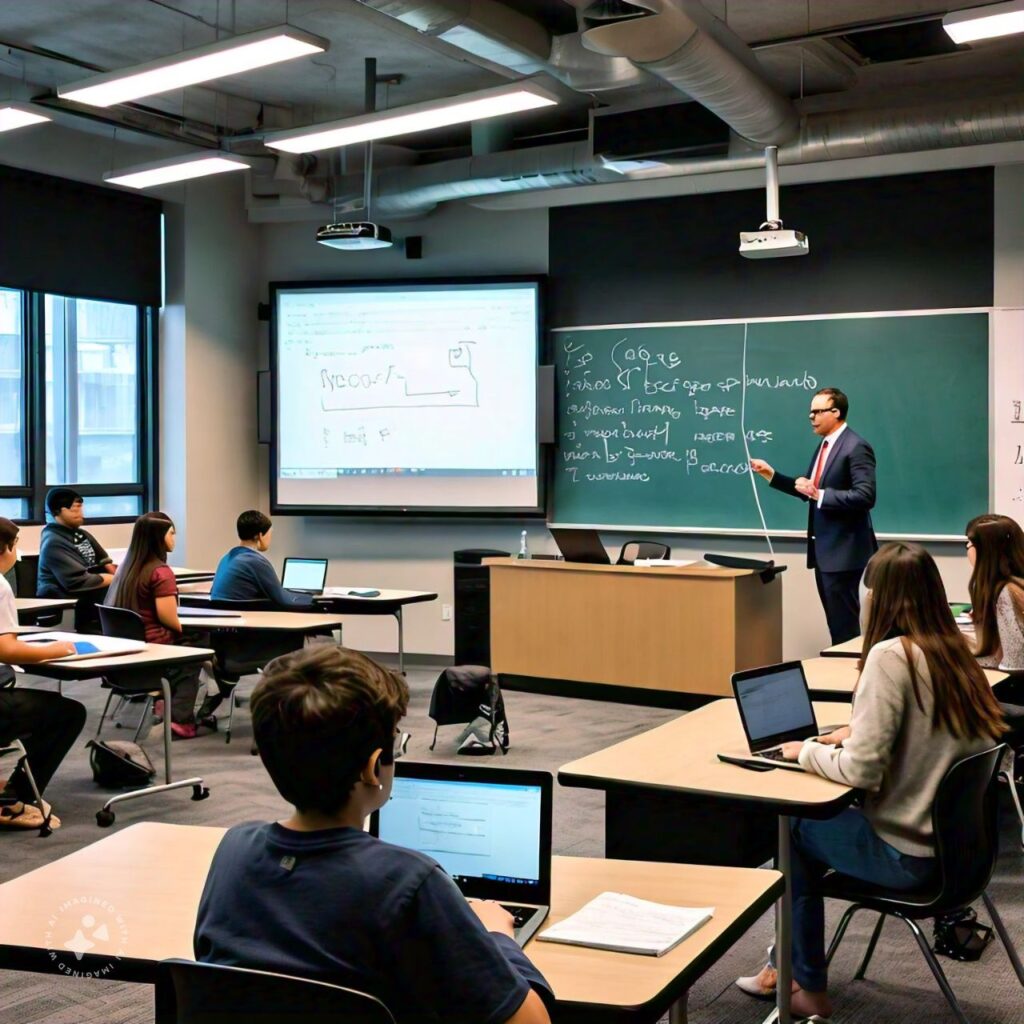
Why Online Learning is Cost-Effective Compared to Batch Learning
Resource Efficiency
Memory and Computational Costs: Online learning processes data incrementally, using smaller subsets at a time, which reduces memory requirements and computational costs. Batch learning processes the entire dataset at once, demanding more resources.
Iterative Updates: Online learning updates iteratively, making resource usage more efficient.
Scalability
Large Datasets and Streaming Data: Online learning handles large datasets or continuous input, suitable for real-time applications. Batch learning may struggle with scalability due to memory and processing time constraints.
Adaptability
Changing Data: Online learning models adapt to changing data over time by adjusting their parameters as new examples arrive. Batch learning requires retraining the entire model when new data is available, which can be computationally expensive.
Accuracy Trade-off
Speed vs. Accuracy: Online learning is faster but might sacrifice some accuracy compared to batch learning, especially with stable data. The choice between the two depends on specific use cases and trade-offs.
Choosing Between Batch and Online Learning for Your Project
Data Availability and Volume
Batch Learning: Suitable for large, static datasets available upfront, leading to better model convergence.
Online Learning: Ideal for incremental data (streaming data) that adapts to changes over time.
Resource Constraints
Batch Learning: Requires substantial memory and computational resources, with training occurring in one go.
Online Learning: Uses smaller data subsets, making it more resource-efficient and suitable for scenarios with limited resources.
Real-Time Requirements
Batch Learning: Typically offline and not suitable for real-time applications.
Online Learning: Handles continuous input and adapts to real-time changes, useful for dynamic environments.
Model Stability and Adaptability
Batch Learning: Provides stable models but may not adapt well to changes in data distribution (concept drift).
Online Learning: Adapts to evolving data but may be less accurate due to frequent updates.
Trade-offs
Batch Learning: More accurate but slower and resource-intensive.
Online Learning: Faster but potentially less accurate.
Application Context
Consider your project’s requirements, such as latency, accuracy, and data availability. Hybrid approaches (combining batch and online learning) are also possible.
Handling Concept Drift in Your Model
Monitoring and Detection
Performance Metrics: Continuously monitor model performance using metrics like accuracy, F1-score, or drift detection algorithms.
Comparison: Detect concept drift by comparing predictions on new data with past predictions.
Retraining
Incremental Learning: Retrain your model using recent data when drift is detected to ensure it adapts to evolving distributions.
Sliding Window Approach
Recent Data Focus: Maintain a sliding window of recent data and train the model on this window, reducing the impact of older data.
Ensemble Methods
Robustness: Use ensemble techniques (e.g., bagging, boosting) to combine multiple models, making them more robust to concept drift.
Adaptive Learning Rates
Dynamic Adjustment: Adjust learning rates dynamically based on drift detection to stabilize the model during drift periods.
Feature Engineering
Robust Features: Create features that are more robust to drift, such as using moving averages or exponential smoothing.
Domain Knowledge
Anticipate Drift: Understand the domain and anticipate potential drift sources, adjusting your model accordingly.
Drift Detection Algorithms
Drift Detection Method (DDM)
Designed to detect changes in data distribution by analyzing incoming data streams and raising alerts when drift is detected.
Early Drift Detection Method (EDDM)
Similar to DDM but focuses on detecting drift early, useful for real-time monitoring of model performance.
Page-Hinkley Test
A statistical method that detects abrupt changes in data distribution, raising alerts when the observed drift exceeds a predefined threshold.
Practical Examples of Concept Drift
Financial Time Series Prediction
Stock market data, currency exchange rates, or investment trends can experience concept drift due to economic shifts, policy changes, or market sentiment.
Human Activity Recognition
In wearable devices or surveillance systems, detecting activities like walking, running, or sitting may face concept drift as people’s behavior evolves.
Medical Research
Disease diagnosis models may encounter concept drift due to changes in patient demographics, treatment protocols, or new medical discoveries.
Personalized Systems
Systems tracking user preferences (e.g., recommendation engines) face drift as users’ interests evolve over time.
Weather-Dependent Use-Cases
Models predicting traffic patterns, energy consumption, or crop yields may need to adapt due to seasonal changes or weather fluctuations.
Monitoring and adapting to concept drift are essential for maintaining accurate and reliable machine learning models.